Food of Ladakh
Best time to Visit
Season
Theme
Activity
Food of Ladakh

Food of Ladakh
Food is a powerful tool for learning about a location's culture and history. Because Ladakh is so rich in culture and history, eating local cuisine is equivalent to taking a trip down memory lane and reliving the region's history.
One of the most enjoyable aspects of visiting Ladakh is sampling the many meals and cuisines created by the inhabitants. The Tibetan influence on Ladakhi food, particularly thukpa and momos, is obvious. Ladakhi cuisine is not as hot as Indian cuisine, and it is basic yet nutritious.
To assist you to sample all of the exquisite cuisine found in Ladakh, we've compiled a list of the top foods that should be on your menu while you're there.
Thukpa
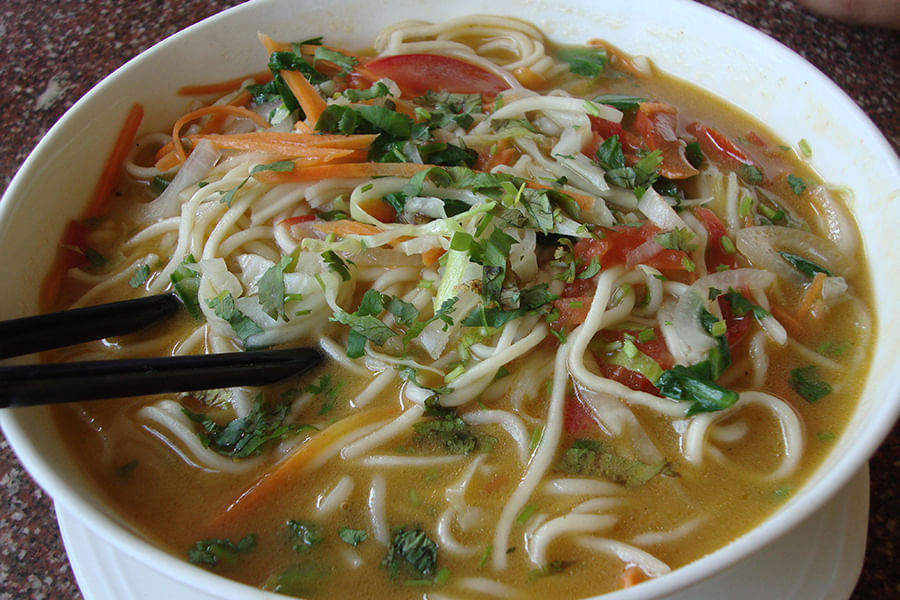
The staple diet of the people of Ladakh is thukpa. It's a watery spaghetti meal with mixed veggies and minced beef (for non-vegetarians). Wheat or barley flour is being used to make the noodle. The spicy broth not only stimulates the taste buds but also warms the body. In different segments of Ladakh, different types of thukpa (also known as thentuk, are cooked.
Thukpa is very well not only by locals but also by tourists. It is accessible at a relatively reasonable cost in all of Leh's restaurants.
Momo
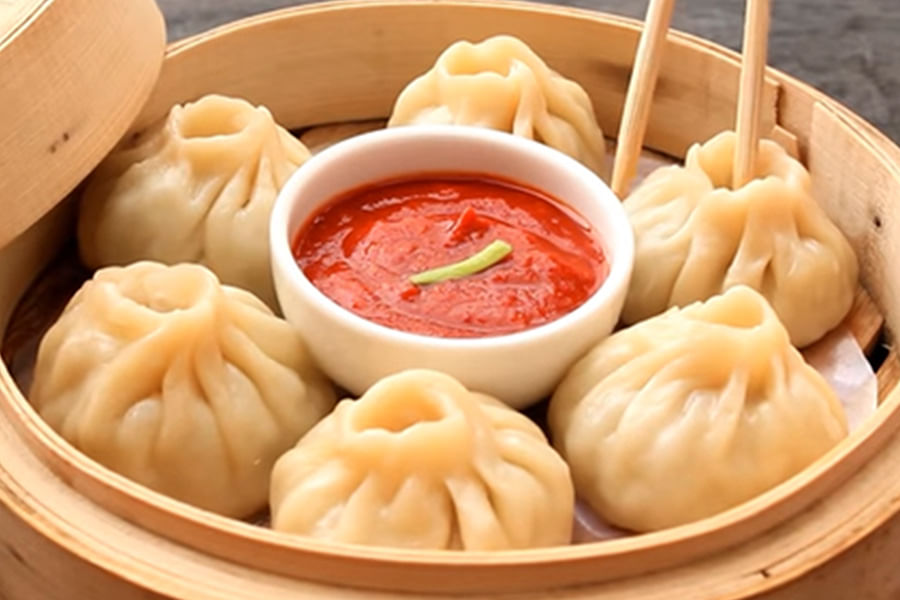
Without a question, the most popular food in Ladakh is momos. It's a dough-wrapped dumpling filled with meat or vegetables. While meat-filled momos are popular among the natives, vegetarian momos are equally popular. These dumplings are served with a dipping sauce and are either steamed or fried. On exceptional occasions, such as the Losar festival, momos are offered to guests (Ladakhi New Year).
Momos are steamed in a Mokto container, which consists of numerous compartments with slits in them that are stacked on top of each other. In the bottom-most vessel, water is heated, and the steam is used to prepare momos. These dumplings come in various of attractive shapes, including round folded and quarter.
Skyu
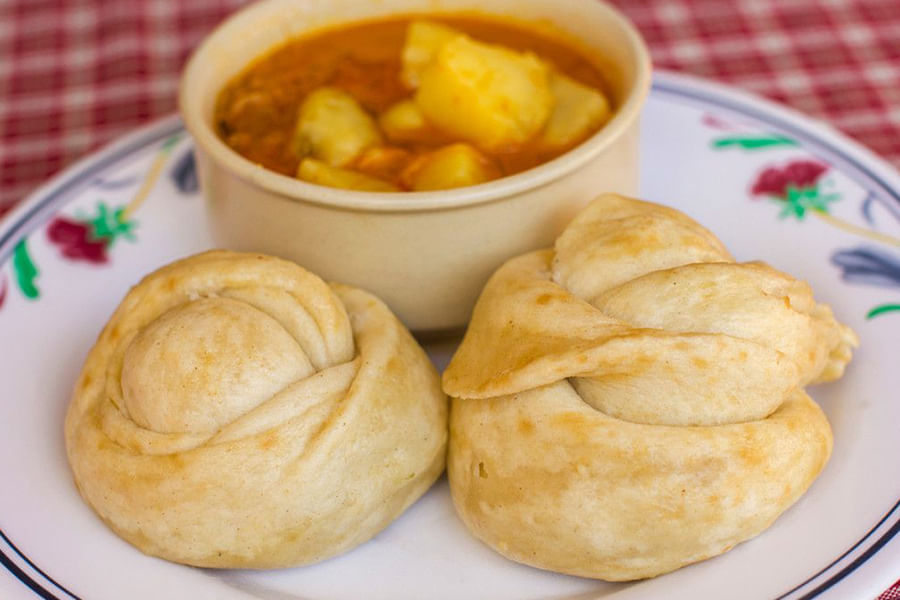
Milk is occasionally used as a primary ingredient in skyu. Oma (milk) skyu is the name of this dish. If you visit Ladakh, you must eat this dish.Skyu, a soup-based traditional cuisine from Ladakh, is another delicacy. Vegetables and dough are moulded into flatten thumb-sized balls in this meal. These flatten balls are then prepared on low heat in a saucepan with water and veggies. Skyu is also available with beef. The dish has a lot of calories and fills you up. Skyu is primarily consumed in the winter when the temperature falls below freezing. It's also a popular destination for travellers who want to go hiking and stay in villages.
Chhutagi
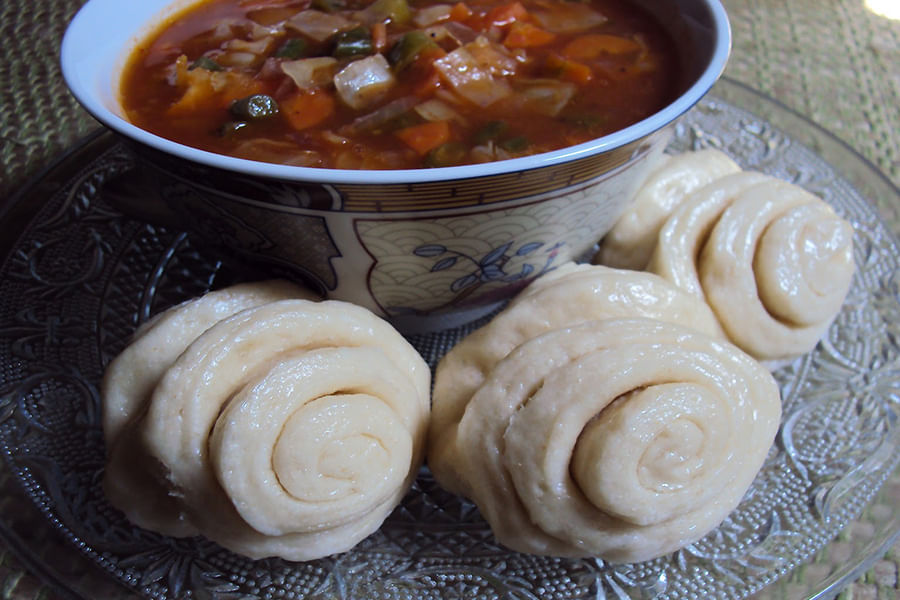
Chhutagi literally means "water bread" in Ladakhi chhu means "water" and tagi means "bread". Chhutagi is a traditional Ladakhi delicacy that is high in nutrition. The flattened dough is typically sliced into circular shapes before being shaped into a bow tie. After that, the dough is cooked in a thick broth comprised of vegetables or meat. Chhutagi is a hefty lunch that is frequently offered to harvest workers to keep them energised. Different kinds of chhutagi have been created by some local restaurants in Leh. It is undoubtedly one of Ladakh's gastronomic specialities that must be sampled.
Tingmo
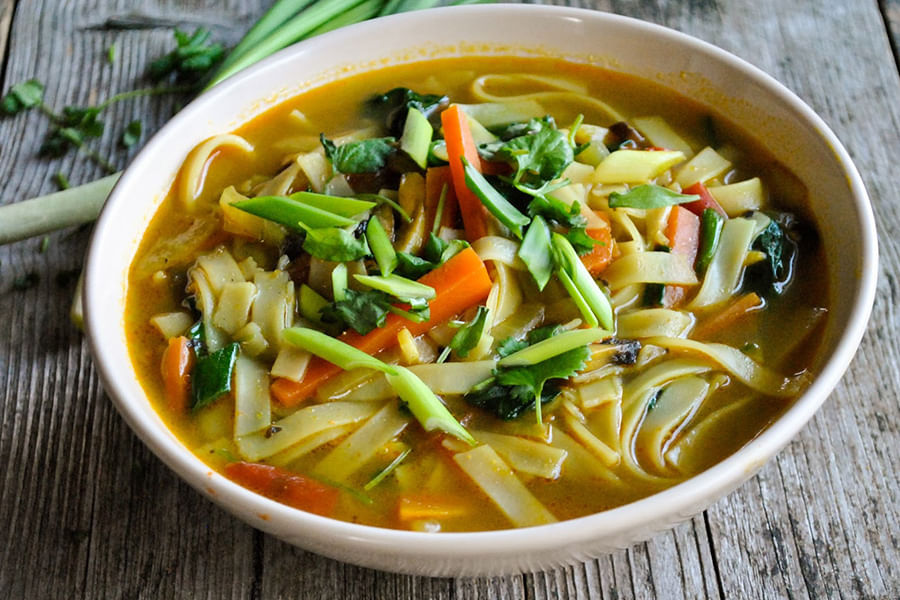
Steamed Tibetan bun-shaped bread is eaten with veggies, meat, and dal. Tingmo is a delicate, soft, and springy bun made entirely of wheat flour and devoid of any filling. It's finest served warm, and it's usually accompanied by meat. It is a traditional breakfast, lunch, and dinner dish in Ladakh. Before being placed in Mokto, the dough is moulded, then rolled and twisted ingeniously.
Chhurpe

Chhurpe, derived from the milk of dzomo (a cross between domestic cattle and yak), is a flavorful component used in Ladakh cuisine. It's white, and it's used to add flavour to thukpa when veggies or meat aren't available in the winter. In addition, chhurpe is blended with tsampa (roasted barley flour) and Tibetan butter tea to make kholak, which is served with veggies or ground beef. It includes a lot of vitamins and proteins. There are two types of chhurpe: soft and firm.
Butter Milk

Butter tea is a must-have for any occasion in Ladakh. It is offered at weddings, festivals, and other important Ladakh events. It is consumed throughout the day by the people of Ladakh since it not only gives warmth but also keeps the body hydrated in the chilly, high-altitude environment. The tea, known as gur-gur chai, is made using butter, milk, and salt, which are combined with boiled tea leaves and churned until well combined. Tsampa is commonly used to make kholak by mixing it with butter tea.
Chhang
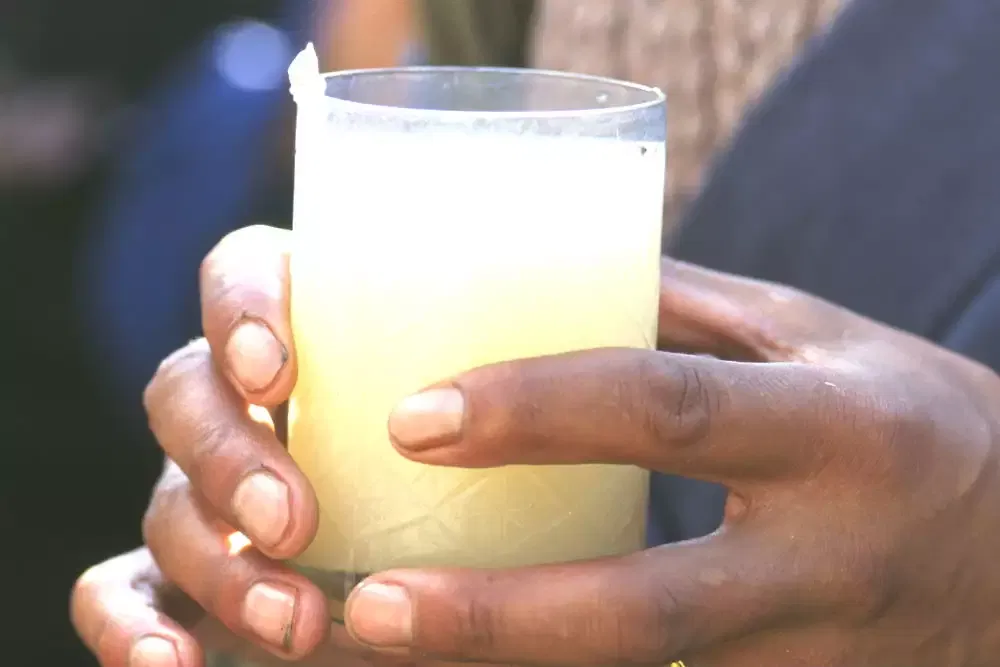
Chhang is the local beer of Ladakh, and it is provided to visitors as a traditional drink. Barley is processed to make chhang, which has a 5 percent to 7 percent blood alcohol content. Chhang is offered at festivals, weddings, and other formal occasions. A pot of chhang is given to the girl's parents when proposing a wedding proposal. If the chhang pot is taken, it means that the girl's family is willing to tie the wedding.
As a gesture of respect, guests are served chhang with a little slice of butter on the brim of their cups. Before drinking, a finger is dipped and a few drops of chhang are flicked three times in the air as a sacrifice to the Buddha, Dharma, and Sangha.
Khambir

Known locally as tagi (bread), khambir is a thick-crust whole wheat brown bread. When served fresh baked, the round-shaped fermented bread tastes best. Breakfast options are available with Khambir and butter tea. It can also be offered with vegetables or eggs. Khambir is a popular staple cuisine in Ladakh that may be consumed even after a week has passed.
Apricot Jam
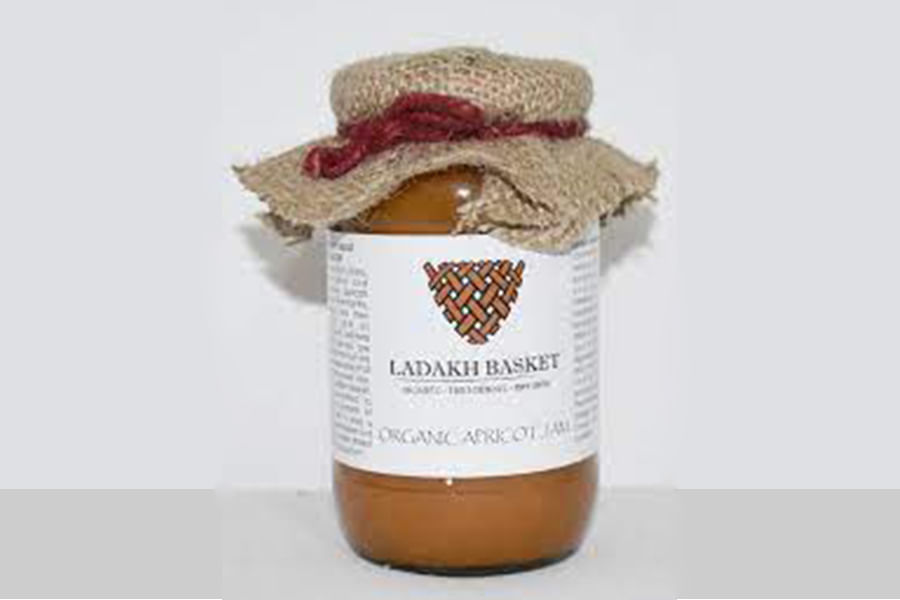
Despite the fact that several kinds of jam are easily obtainable in all supermarkets, nothing compares to the taste of apricot jam. The jam, which is made from the most popular fruit grown in the region, chulli "apricot" in Ladakhi, has become widespread among travellers to Ladakh. Apricot jam could be served with khambir or bread.
Reach out to us
Have An Enquiry? Write To Us…
Popular Packages


Support Team
+91-7303195208 / +91-9911937751
24 hrs (7 days a week) Except national holidays

Send a Email
info@planmypackage.com
Send a Message to PMP Suppport Team

+91-7303195208
Click to Connect on WhatsApp

Address
201, JPO PLAZA, SECTOR - 18, NOIDA, Gautam Buddha Nagar, Uttar Pradesh, 201301
© 2025 Plan My Package. All Rights Reserved.
Design & Developed By : Divine Mantra Pvt Ltd